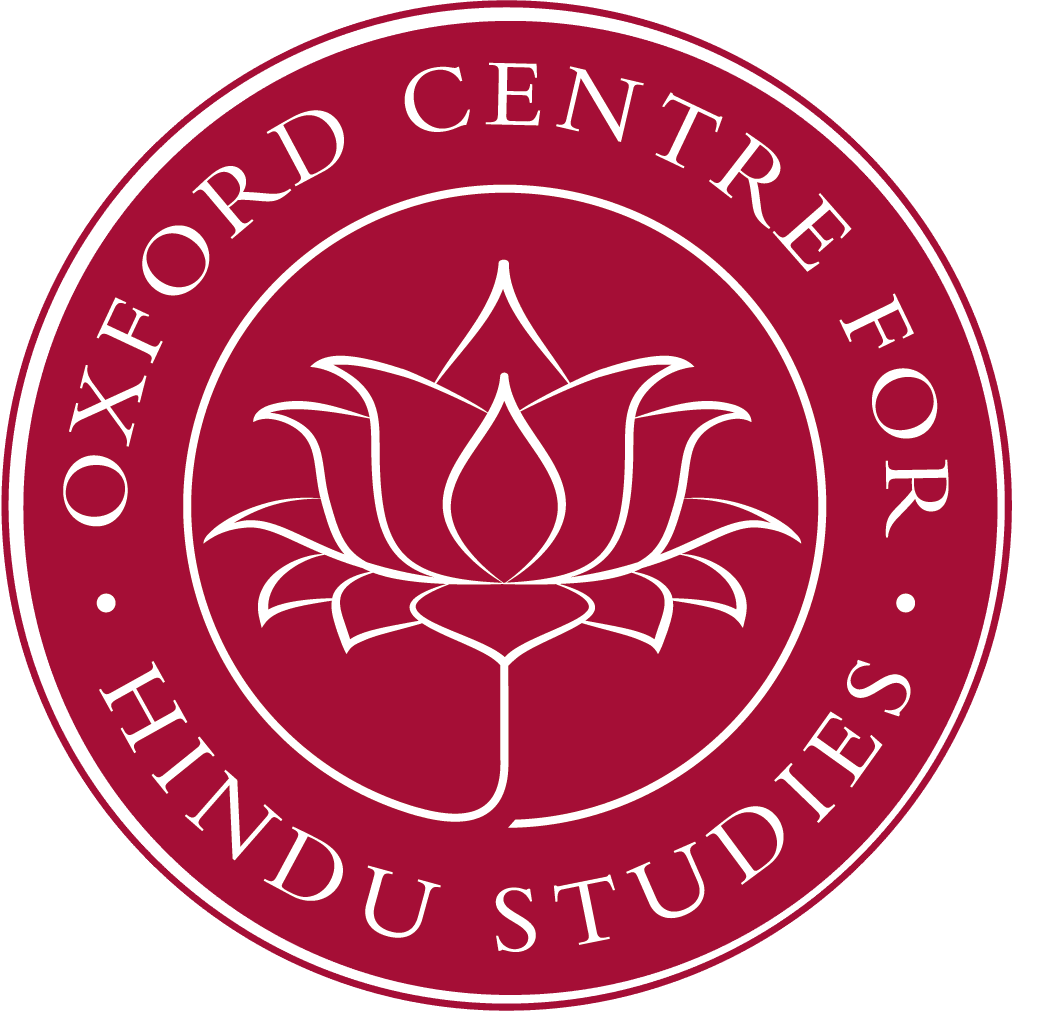In this seminar we will reflect on Sociology as a discourse inseparable from Modernity. We will discuss the key ideas of rationalisation (Weber) and reification (Lukacs, Honneth). We will also consider sociology in the Indian context (Madan).
Archives: Lectures
Telling the World: Exploring the Cultural and Intellectual Agenda of the Sanskrit Mahabharata
In this lecture, I explore the form and function of the Sanskrit Mahabharata. I take up features of its design, its explicit statements about itself and its most prominent themes in order to make some suggestions as to what the Mahabharata sought to do, culturally and intellectually,in early South Asian society. I combine this with an analysis of the presence of the Mahabharata in select literary and epigraphical sources of the first millennium in order to explore the impact of the text from Guptan north India to Kerala and Kashmir. These investigations will be combined with a broader discussion of the role of narrative in the transmission and adaptation of understandings of past, place and preferred ideology within, and potentially beyond, South Asia. Dr James Hegarty is Senior Lecturer in Indian Religions at Cardiff University. His primary research interest is in the role of religious narrative in the cultural and intellectual history of South Asia. He has published numerous papers on Sanskrit and vernacular narrative materials. His monograph Religion, Narrative and Public Imagination: Past and Place in the Sanskrit Mahabharata is forthcoming with Routledge.
Krishna-Chaitanya Bhakti and Rabindranath’s Religion of Man: Their resonance and dissonance
When we think of Rabindranath Tagore in relation to the Krishna-Caitanya religio-literary tradition of Bengal, his youthful Bhanusimher Padaboli immediately come to mind, as they should as the most explicit treatments of a Vaishnava theme in all of his immense literary corpus. But we may also ask what other indications there may be of resonances and dissonances vis-à-vis the Vaishnava tradition elsewhere in his prose and poetry, especially as he grew older. This lecture first reviews his family’s Vaishnava affinities, especially among the women, and the countervailing critical attitudes and policies of the Brahmo Samaj of which he was for some time secretary. It then attempts to assess in what ways and to what degree underlying characteristics of Bengali Vaishnava piety and aesthetics may be reflected or rejected, implicitly if not explicitly in the works of the mature Rabindranath.
